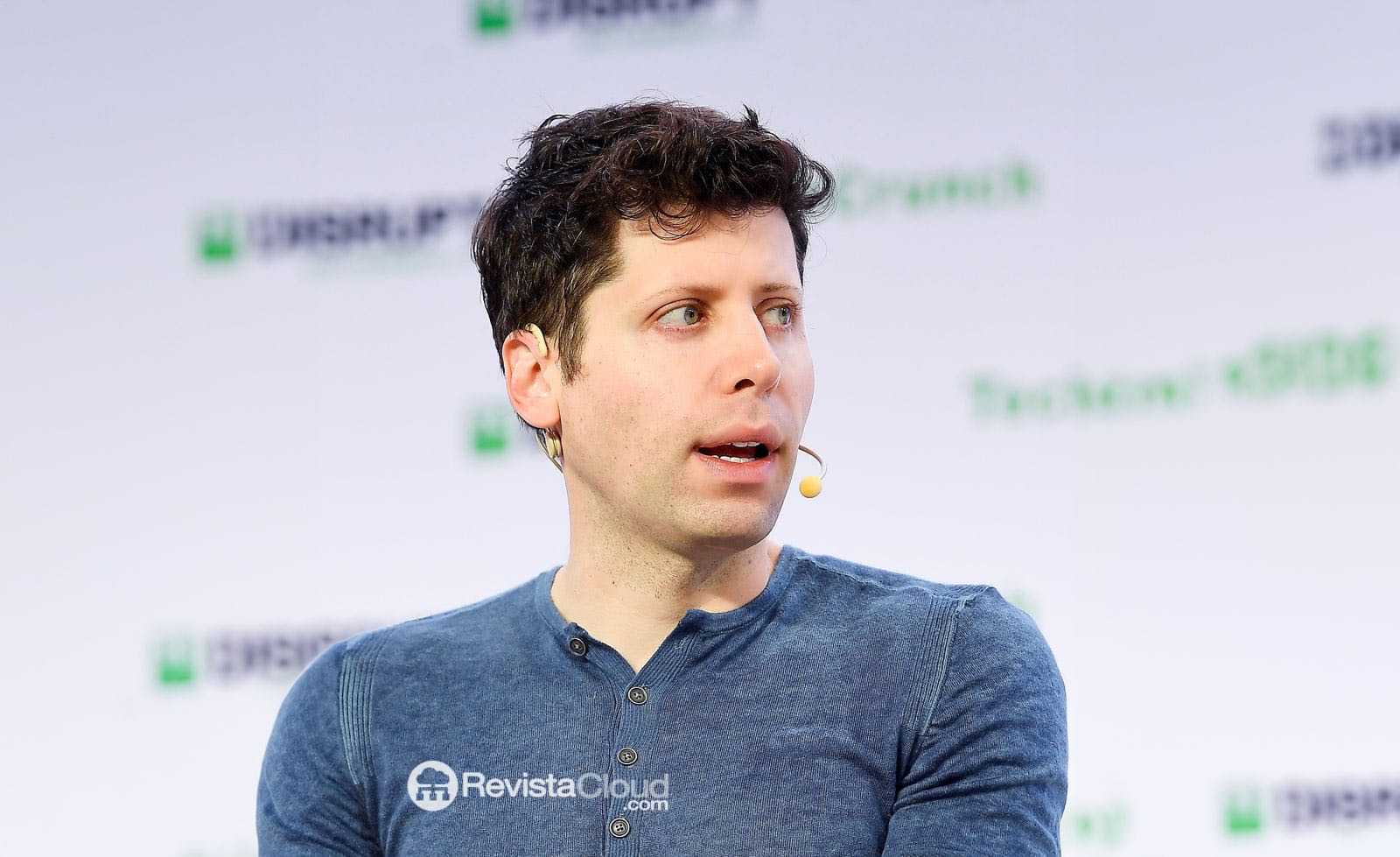The release of GPT-5 was destined to be a milestone for OpenAI, but it has turned into an example of how even the giants of artificial intelligence can stumble. The company led by Sam Altman had to backtrack within just a few days, restoring ChatGPT’s ability to use GPT-4 after a flood of complaints on platforms like Reddit and X. The new model, presented as the natural evolution, was met with coldness from much of the user community, who perceived it as more “cold” and less natural in its responses.
“I think we made some mistakes during the rollout,” Altman admitted at a dinner with journalists in San Francisco. His honesty reveals an uncomfortable truth: OpenAI failed to understand the emotional connection many users have with its flagship product.
A company running faster than it can sustain
Altman defended that, despite the mistake, the company set usage records, and the API doubled its traffic in 48 hours. But this triumphant outlook doesn’t convince everyone. The rushed deployment of GPT-5 highlights a deeper issue: OpenAI is moving at a speed that neither its users nor its infrastructure seem capable of supporting.
Altman himself acknowledged that they’ve run out of GPUs, a clear symptom of the physical limits facing the sector. Behind every AI breakthrough is a tangible reality: data centers that consume staggering amounts of electricity, thousands of high-cost chips, and an increasingly strained supply chain.
The data center fever
Altman doesn’t hide his plans: to raise trillions of dollars to build infrastructure capable of supporting the next generation of AI models—a goal reminiscent of past technological bubbles, from the dot-com boom to the cryptocurrency frenzy.
Today, every major AI model announcement is accompanied by astronomical investment figures and energy consumption, with promises that all this will pay off soon thanks to a productivity revolution. Yet, industry insiders increasingly warn that we are entering a speculative cycle where capital flows faster than real returns are generated.
The risk is clear: a tech bubble in AI where companies, governments, and sovereign funds pour enormous amounts into data centers that may never yield the expected profits.
The illusion of hyper-acceleration
GPT-5’s case serves as an uncomfortable reminder of these limits. The obsession with rapid innovation can erode the user experience, turning what should be a qualitative leap into what feels like a step backward. OpenAI risks becoming a victim of its own acceleration, driven by exaggerated expectations and the pressure to stay ahead of rivals like Anthropic, DeepSeek, Perplexity, Google, and Meta.
Altman claims that less than 1% of users have a “unhealthy” relationship with ChatGPT, but internal discussions within OpenAI show that even inside the company, there’s growing concern about the actual impact of putting increasingly powerful models into the hands of the general public.
Between innovation and the bubble
The future of artificial intelligence depends as much on technical advances as on the sustainability of its underlying economic model. If the industry continues to escalate uncontrollably, the risk of crashing into the realities of energy costs, hardware limitations, and inflated expectations is very real.
GPT-5’s misstep is more than just a communication or deployment error. It may be the first visible crack in an industry that might be inflating itself too quickly.

